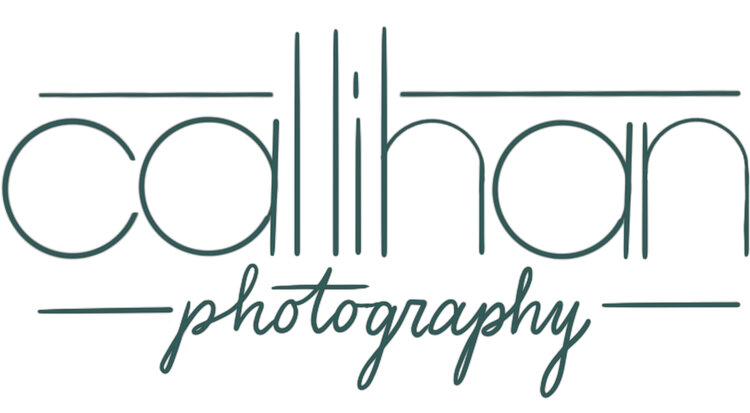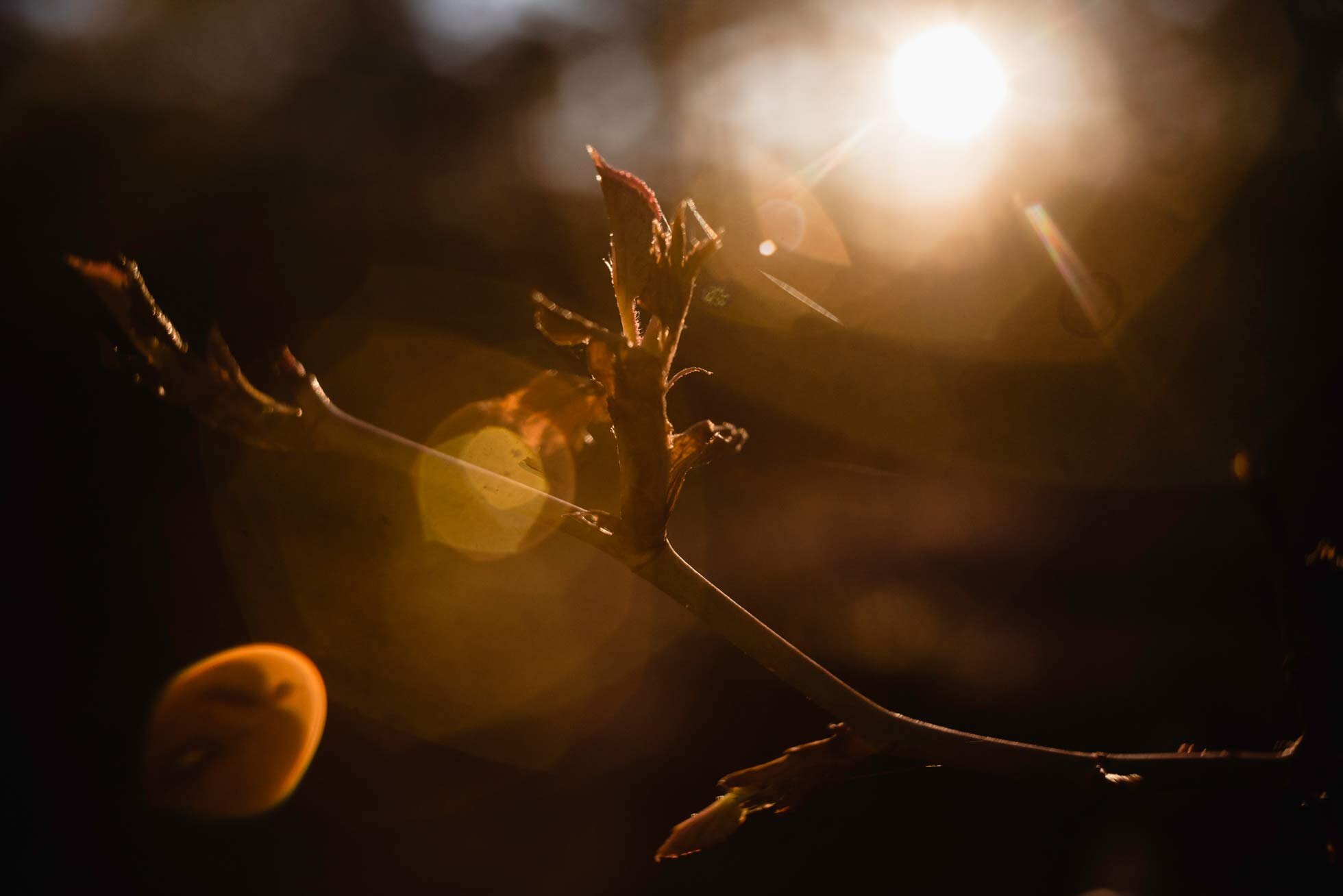We have all heard about how important it is compositionally to direct your viewers eye to your subject. Well, how exactly do you do that in photography? Here are some ideas on how to isolate your subject from the background therefore guiding your viewers’ attention exactly where it needs to be.
1.) Rim light
Rim light is my absolute favorite type of light. This is where you have a thin line of light around your subject. To achieve rim light, place your subject in directional light. It helps to have the background dark. This makes the rim light even more visible. Rim light will separate your subject from the background giving them an angelic look. Right now, here in Columbus, Indiana, a good time to get rim light is between 6:30-7:30PM.
2.) Lightest Object in the Frame.
Your eyes automatically gravitate to the lightest object in your photograph. So, if you surround your subject with a dark background it will not only bring interest to your subject but separate them from the background.
3.) Framing with Negative Space
If you love a minimalist photo this is the way to go! By using lots of negative space, it will bring your eye directly to your subject. You can do this by getting low and using the sky. Or you can use a large tree or building to create space around your subject. So, it is perfect for urban or rural settings. You can really use this type of composition anywhere.
4.) Shallow Depth of Field
This is my go-to idea! I love to shoot using a wide-open aperture. This will create a dreamy and soft background completely isolating your subject. You can also achieve a shallower depth of field by using a longer lens and shortening the distance between you and your subject. I love using my Sigma 135mm Art lens for this technique. But any lens will do as long as you can open the aperture to 2.2 or below.
5.) Panning
Panning is an art in itself. It takes some work to get used to. This is where your background is very blurry and shows movement, but at least a small slice of your subject is sharp. This is achieved by using a slower shutter speed and then moving the camera along with your moving subject. I suggest lots of trial and error when adjusting your settings. I prefer 1/20- 1/60 sec shutter speed. This, of course, depends on how fast your subject is moving. So, it may take some patience and effort to find that perfect shutter speed. I also find it a little easier to use a longer lens if you can. Though I end up using my 35mm often!
Try to apply these ideas to your photography! I’d love to see it! Thanks for reading.











![IMG_0053[2923].jpg](https://images.squarespace-cdn.com/content/v1/5c81d361ab1a6260d3230723/1584489222300-B6GITLNKAGUX6LE7XZDB/IMG_0053%5B2923%5D.jpg)


